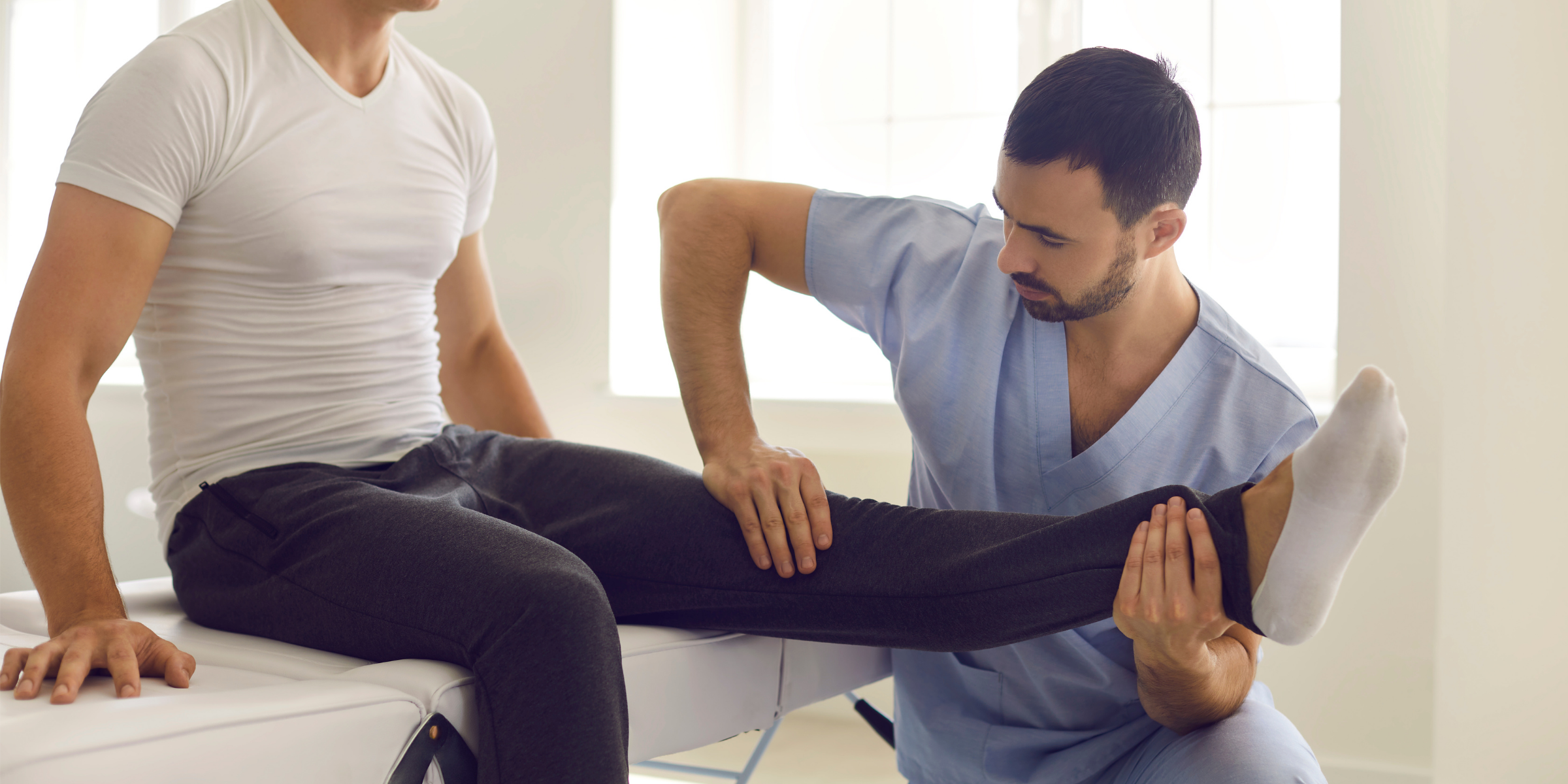
Following a motor vehicle accident (MVA), it can be necessary to see a multidisciplinary team of practitioners to meet the needs of your injuries.
With all the different specialties and options, you may feel like you don’t know where to start. So, when is it time to see a kinesiologist, and how do you know a kinesiologist is right for you?
In this article, we will discuss what a kinesiologist’s expertise is, what injuries kinesiologists can help with, and how they will be able to help you.
Also, we will let you know how the practitioners at Wildewood Health can specifically address your injuries following an MVA and get you back to your pre-injury self!
Starting a Rehabilitation Plan
Kinesiology is the study of human movement, activity and sport and the impact that has on performance, health and quality of life.
Kinesiologists are experts in kinetic anatomy, body mechanics, what can affect the body’s natural movement, how this can cause pain, and applications to correct it.
A musculoskeletal and functional movement assessment performed by the practitioner will give insight into what parts of the body are dysfunctional, possibly causing symptoms. A kinesiologist can then use this assessment to structure a rehabilitation plan.
Techniques used for rehab may be through lengthening and shortening muscles with mobility exercises and soft tissue treatment. As well as strengthening key muscles for; stabilization, solving muscle imbalance or just engaging muscles that have not been working as they should.

Our MVA Programs and Phases
At Wildewood Health, we implement chronic and acute injury programs to give clients suffering from an MVA the best possible care.
It starts with a detailed assessment to delve into the mechanism, signs and symptoms, goals for the client, and much more.
Once the assessment is complete, the individual goals and findings from the assessment are worked into the phases of the recovery program.
The aim of the second stage of the program is to increase mobility and strength through the full range of motion, start to work on stabilization of key joints, and ultimately reduce pain. This may be through range ogmotio of the neck, spine, hips, and shoulder girdle. Strengthening important pelvis and lower back stabilizers such as glute med, hip flexors and glute max, or core stabilization through pelvic movement and proper breathing techniques.
Another important aspect is postural activation for the upper spine, head, neck and shoulders to reduce pain.
The next phase begins to externally load the muscles and joints, either with bodyweight or light dumbbells and bands, using functional movement patterns, furthering strengthening key muscles and reducing pain.
The last phase we get you into is a strength and conditioning program with heavy loading to get you back to normal activities or sports.

Recovery Timeline
Sometimes these phases can be done in months and sometimes it can take years to get you back to your pre-MVA self.
Kinesiologists at Wildewood Health can be with you through every stage of your healing process. If you have been in a motor vehicle accident and are in need of kinesiology or athletic therapy sessions, we would like to help you! For more information, and to contact us, you can check out our ICBC services here.





